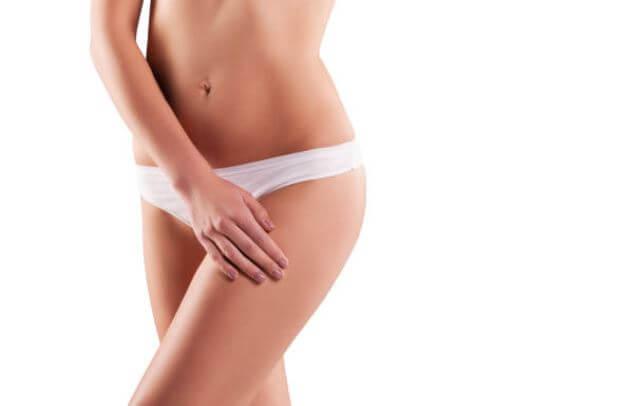What Kind Of Anesthesia Is Used During A Blepharoplasty?
August 7, 2019
Q:What kind of local anaesthesia is usually used for doing blepharoplasty? And what kind of oral sedation or IV sedation is used?
I am guessing that this may vary among doctors, however, in general – what are the pharmaceutical names of the local anaesthesia usually used for doing lower blepharoplasty? For instance, is Xylocaine a common one and why? How is it different from Lidocaine? And what kind of commonly used oral sedation (e.g. Valium) and IV sedation are used, including Twilight anaesthesia?
A: Local anesthesia and sedation for lower lid blepharoplasty
For lower lid blepharoplasty I first do a block of the infra-orbital nerve (this usually numbs most of the lower lid) using 0.5% bupivacaine (Marcaine) with epinephrine. This is followed by direct injection of 2% lidocaine (Xylocaine) with epinephrine into the lower eyelid area. The epinephrine constricts small blood vessels, which prolongs the effect of the local anesthetic and reduces intra-operative bleeding and bruising. Marcaine and Xylocaine are “trade names” for the listed generic drugs.
To provide sedation, I use intra-muscular midazolam (Versed) and hydroxyzine (Vistaril). It is safer to use IM rather than IV administration of midazolam because the drug will enter the bloodstream more slowly, thus avoiding the risk of respiratory arrest associated with the IV route.
READ DR. LANGDON’S ANSWER ON REALSELF
RealSelf Patient Reviews of Robert C. Langdon, MD
RealSelf Patient Reviews of Robert C. Langdon, MD







